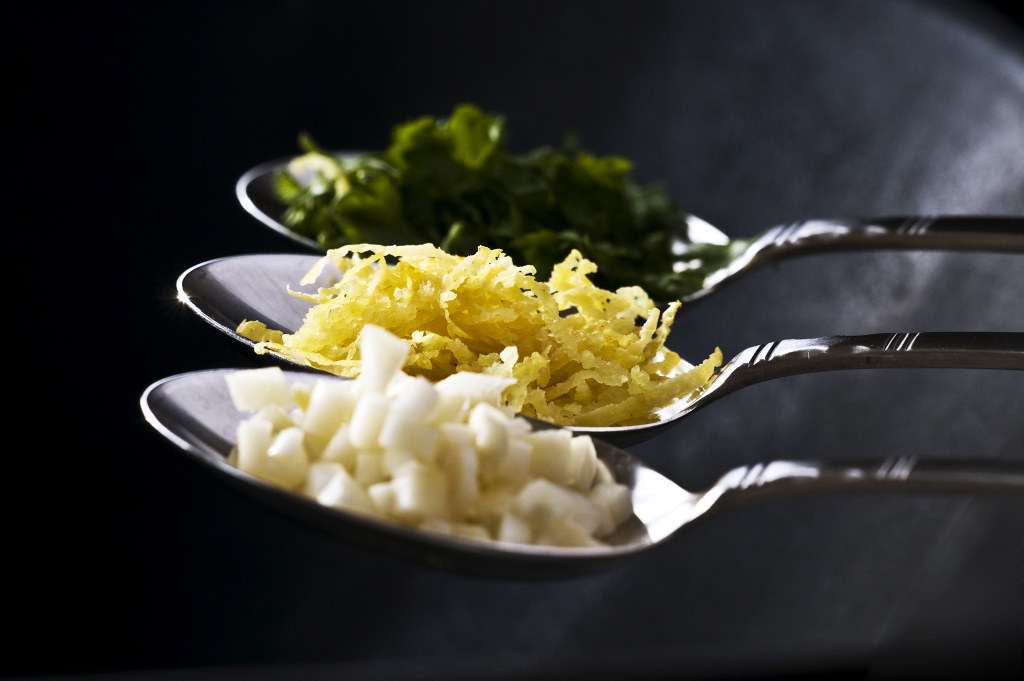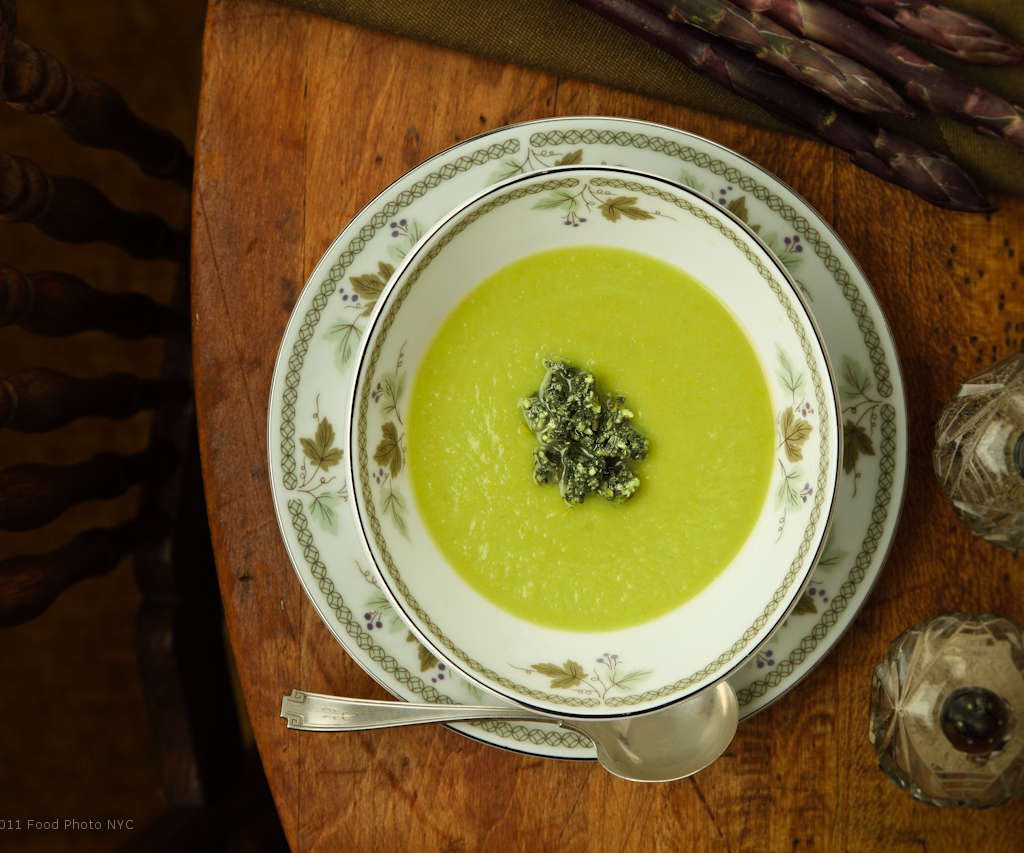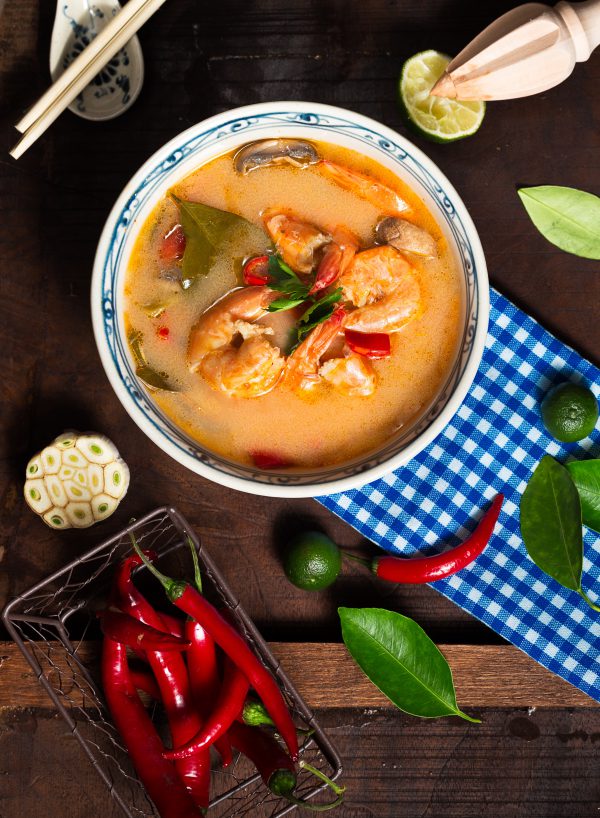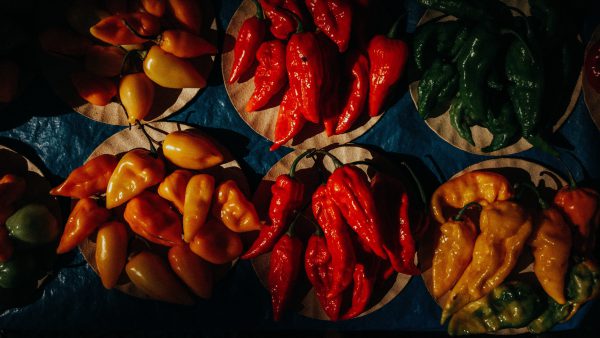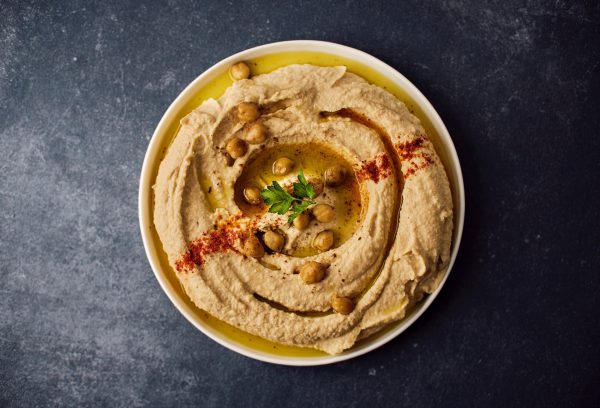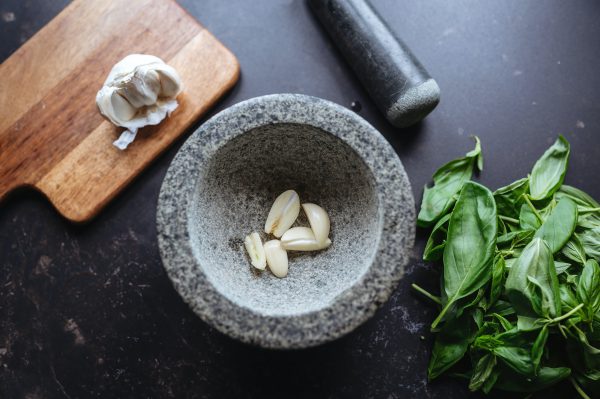Last Updated on September 19, 2023
Gremolata is an amazing flavor booster for your dishes. This zesty, fresh condiment is simply made with minced parsley, garlic, and lemon zest, and it’s the perfect finishing touch for roast meats, fish, soups, and stews.
Simple to make, gremolata is bright and bold with flavors and color and guaranteed to elevate any dish to the next level. Store it in the fridge and reach for it every time you want to add some oomph to your meal.
If you’ve never had gremolata before, read on, you won’t be disappointed!
What’s Gremolata?
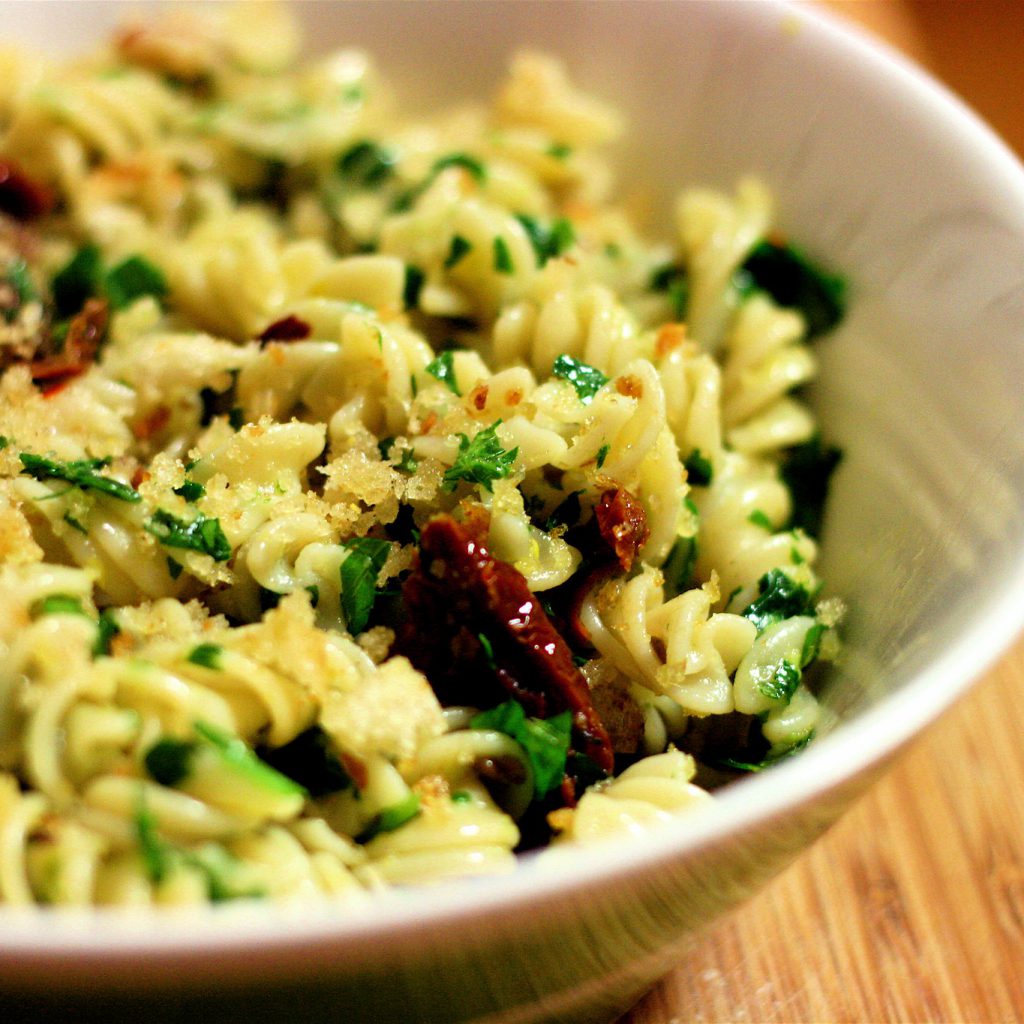
By Lauren
Gremolata is a traditional Italian condiment that originated in Milan, a city in the northern region of Lombardy — where the classic basil pesto also comes from.
This condiment is typically associated with the Milanese dish osso buco, a dish made of veal shanks braised with vegetables, white wine, and broth. Osso buco is often served with a side of risotto alla Milanese, a creamy rice dish flavored with saffron and gremolata on top as garnish.
Gremolata is traditionally made with three simple ingredients: minced parsley, garlic, and lemon zest. Talking about tradition, the most authentic way to make it is with a set of mortar and pestle.
Parsley, garlic, and lemon zest are common ingredients in Italian cooking and are used in a variety of dishes, from pasta and pizza to soups and stews. The combination of bright, fresh parsley and lemon with the pungent garlic taste creates a simple yet unique and flavorful condiment that complements a wide range of dishes.
What’s the Difference Between Gremolata and Chimichurri?

By Well Wich
If you’re into world cuisine, you must have noticed that this condiment is quite similar to chimichurri, the Latin American bright green condiment.
At first sight, they are quite similar, but a seasoned chef knows they aren’t the same. Both of them are succulent bombs packed with flavor and great elevators for any dish.
Here are some key differences to distinguish between the two:
Origin: Gremolata is a traditional Italian condiment that originated in Milan, while chimichurri is a sauce that originated in Argentina and Uruguay.
Ingredients: Gremolata is made with minced parsley, garlic, and lemon zest, while chimichurri is made with a blend of herbs, such as parsley, cilantro, and oregano, along with garlic, vinegar, and oil.
Flavor: Gremolata has a bright, fresh flavor, thanks to the combination of parsley and lemon zest, while chimichurri has a bold, tangy flavor, thanks to the presence of vinegar and fresh herbs.
Uses: Gremolata is typically used as a topping for roast meats and fish, and can also be used as a garnish for soups and stews, while chimichurri is often used as a marinade for meats, particularly grilled meats, and can also be used as a sauce or condiment.
Gremolata Recipe

Gremolata
-
 Prep Time: 10 minute
Prep Time: 10 minute -
 Total Time: 10 Minute
Total Time: 10 Minute -
 Yield: 1 Cup 1x
Yield: 1 Cup 1x
Description
Special equipment: Mortar and pestle
Ingredients
- 1 cup minced fresh parsley
- 2 cloves of garlic, minced
- 2 tsp grated lemon zest
Instructions
- Combine the minced parsley, minced garlic, and grated lemon zest in a mortar.
- Grind well to combine the ingredients.
- Use the gremolata immediately or store it in the refrigerator in an airtight container for later use.
Notes
- Use completely dry parsley, as the excess water can dilute the gremolata.
- Always strictly zest the colorful outer layer of any citrus fruit. The white part tastes bitter and might ruin the whole condiment.
- You can adjust the quantities of the ingredients to suit your taste.
- You might be tempted to throw the ingredients in a blender or a food processır, but the blades in these machines turn the parsley into a moist puree. A good gremolata needs to have some real texture.
- You can also chop the ingredients and mix them with a whisk or a fork if you don’t have a set mortar and pestle. But pulverizing the parsley, garlic, and lemon zest together helps to release all the flavor.
- Fresh garlic is best consumed within a few days. While gremolata keeps around a week in the refrigerator in an airtight container, it’s better to consume it quickly and make a
Are There Other Variations to Gremolata?
The basic gremolata recipe is relatively simple and fixed, but there are many variations that you can try, such as:
Mint gremolata: Add fresh mint leaves to the gremolata mixture for a refreshing twist.
Basil gremolata: Substitute basil leaves for parsley for a more aromatic gremolata.
Cilantro gremolata: Use cilantro leaves instead of parsley for a more pungent and distinctive gremolata.
Lime gremolata: Use lime zest instead of lemon zest for a more citrusy and tropical flavor.
Spicy gremolata: Add some heat to the gremolata by including red pepper flakes or diced chili peppers in the mixture.
These are just a few examples of the many variations that you can try with gremolata. Feel free to experiment with different herbs and spices to find your signature recipe.
What to Serve Gremolata With
Gremolata is a versatile condiment that adds a burst of fresh, bright flavor to any dish. Here are some examples to get inspired.
Roast meats: Gremolata is a delicious topping for roast beef, pork, lamb, and other meats. It adds a fresh kick that complements the richness of the meat.
Grilled meats: You can also add gremolata to grilled meat, such as steak, chicken, and pork chops. It adds a lively flavor to the charred, smoky notes of the grill.
Fish: Gremolata is a classic topping for grilled or baked fish, such as salmon, cod, or halibut. The lemon zest elevates the delicate taste of the fish, while the parsley creates another layer of flavor.
Soups and stews: A splash of color over soups and stews makes a bigger difference than you think. Gremolata can also be used as a garnish for soups and stews. Drizzle this bright green condiment to turn a regular soup into a gourmet one.
Risotto: Gremolata is a great topping for creamy risotto dishes, too, such as risotto alla Milanese. The bright, fresh flavor works great with the rich, creamy rice.
Pasta: Pasta can be one of the best vessels to eat any condiment. Drizzle a plate of spaghetti carbonara or cacio e pepe with bright and fresh gremolata to give it an upgrade. It adds a lively, fresh note to the creamy, rich sauces.
Vegetables: Gremolata is a great way to add flavor to roasted or grilled vegetables, such as asparagus, zucchini, or bell peppers.
Overall, gremolata pairs well with a wide range of dishes, from roast meats and fish to soups, stews, and pasta. Its bright, fresh notes add relish to any dish, making it a versatile and tasty condiment.
Over and Out!
And there you have it, the world’s easiest condiment! Just chop, mince, and mix, and boom — you’ve got a scrumptious dressing that will make your taste buds do a little dance. Whether you’re topping off roast beef or jazzing up some grilled veggies, gremolata has you covered.
So go ahead and give this recipe a try! And if you’re feeling extra fancy, you can even serve it up in a tiny silver bowl with a tiny silver spoon. Because, hey, we all deserve a little bit of glamor in our lives, right? So get your gremolata on, and enjoy!


